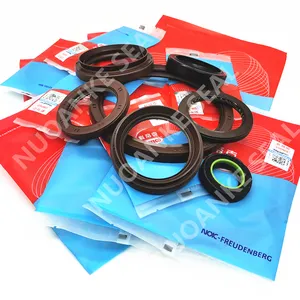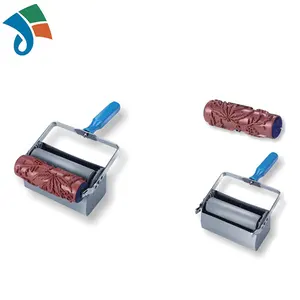Popular in your industry





















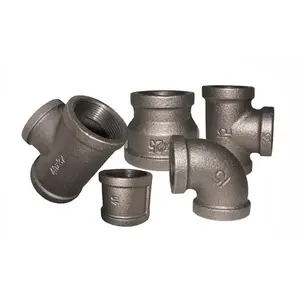








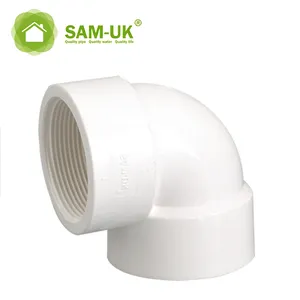



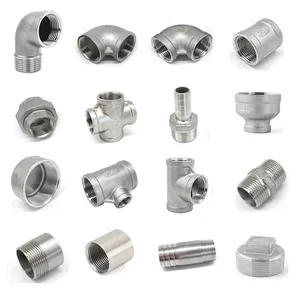























Related Searches:





















































































Top categories
About bonnet pipe fittings
Understanding Bonnet Pipe Fittings
Bonnet pipe fittings are integral components in the construction of robust piping systems. These fittings serve as crucial connectors within various infrastructures, ensuring a secure and reliable link between pipe segments. The design of bonnet fittings is tailored to provide a tight seal, minimizing the risk of leaks and maintaining the integrity of the fluid transport within the system.
Materials and Applications
The choice of material for bonnet pipe fittings is paramount, as it must align with the type of fluid being conveyed. PVC bonnet fittings are prevalent due to their smooth interior walls, which facilitate unimpeded flow and reduce resistance. Their lightweight nature and cost-effectiveness make them suitable for a wide range of applications. Conversely, for environments where corrosion resistance is essential, such as underground systems, copper bonnet fittings are preferred for their durability and resilience to external elements.
Features and Advantages
Each material brings distinct advantages to the table. PVC is known for its ease of installation and maintenance, offering a practical solution for both commercial and residential settings. Copper, with its corrosion-resistant properties, extends the lifespan of the piping system, especially in underground applications where environmental factors are a concern. The selection of the appropriate bonnet pipe fitting material is a critical decision that impacts the functionality and longevity of the piping system.
Additional Components
Beyond the primary bonnet fittings, additional components such as P-traps and pipe caps play significant roles. P-traps are essential in maintaining hygiene and preventing odors by trapping a small amount of water, thus blocking sewer gases from entering living spaces. Pipe caps are utilized to terminate lines, safeguarding the threads and halting fluid flow when necessary. These components are indispensable in creating a complete and functional piping system.
Selection Criteria for Piping Systems
Selecting the right bonnet pipe fitting involves considering the system's requirements, including the type of fluid, pressure, temperature, and environmental conditions. For industrial applications, fittings must withstand harsher fluids and higher pressures, necessitating a robust material selection. The comprehensive range of bonnet pipe fittings available caters to various specifications, ensuring that every piping system's needs are met with precision.
Conclusion
In conclusion, bonnet pipe fittings are a vital component in the assembly of efficient and reliable piping systems. With a variety of materials and designs available, these fittings are designed to meet the diverse needs of both commercial and residential infrastructure. The selection process must consider the specific requirements of the application to ensure optimal performance and durability of the piping system.

